Castelli, Abruzzo, mid-18th century
Diameter: approx. 17.5 cm
Polychrome tin-glazed maiolica (grand feu)
A young woman sits on a rock, dressed in blue, holding a spindle delicately between her fingers. She is placed within a carefully structured landscape: rolling hills fading into soft blue, classical ruins with broken columns on the right, and stylised trees painted with quick, fluid brushstrokes. One detail, however, draws particular attention: a radiant sun shining through the clouds, perfectly aligned with the figure.
This is not just a background motif.
Several ceramic historians have recognised this type of sun as a visual signature, a recurring element found in works by the painter and ceramicist Nicola Cappelletti (1691–1767), active in Castelli during the 18th century. Subtle, almost hidden, this sign reappears across different known pieces and points to a specific hand.
Near the foot of the female figure, on the brown ground, one can also detect a fingerprint left by the painter, likely impressed while the glaze was still fresh.
The composition most likely derives from a 17th-century French engraving, as was often the case in Castelli workshops, where pastoral or allegorical subjects were freely adapted from widely circulated prints.
The colour palette — cobalt blue, copper green, antimony yellow, ochre and manganese brown — is applied in grand feu technique, with swift and expressive brushwork.
A small firing flaw is visible along the rim, near the right-hand column.
Back glazed in white, undecorated.





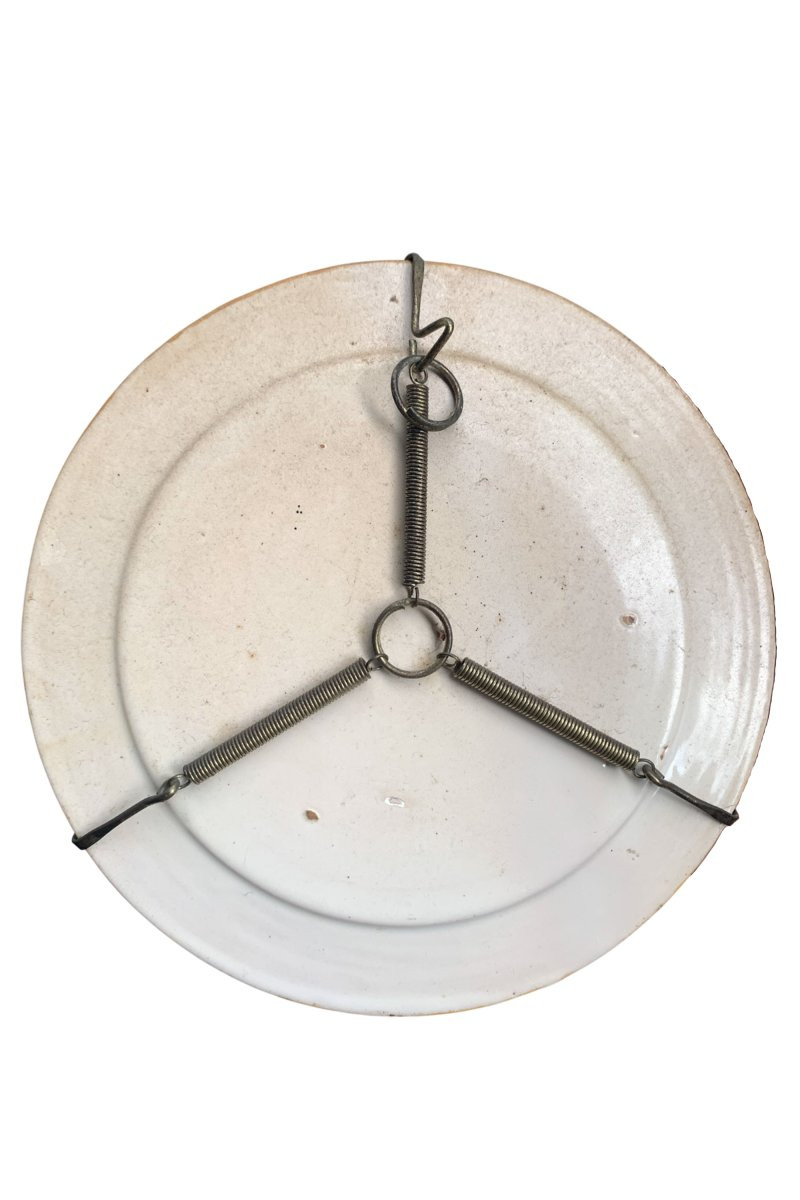

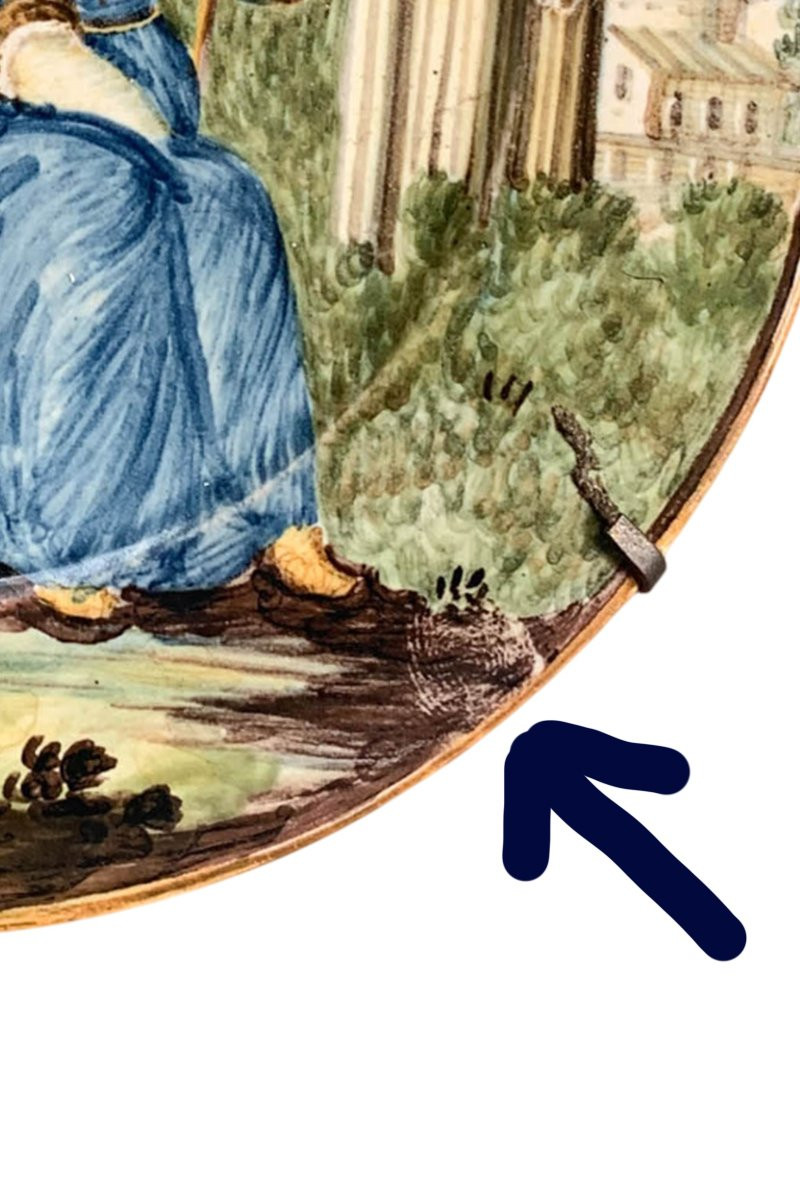

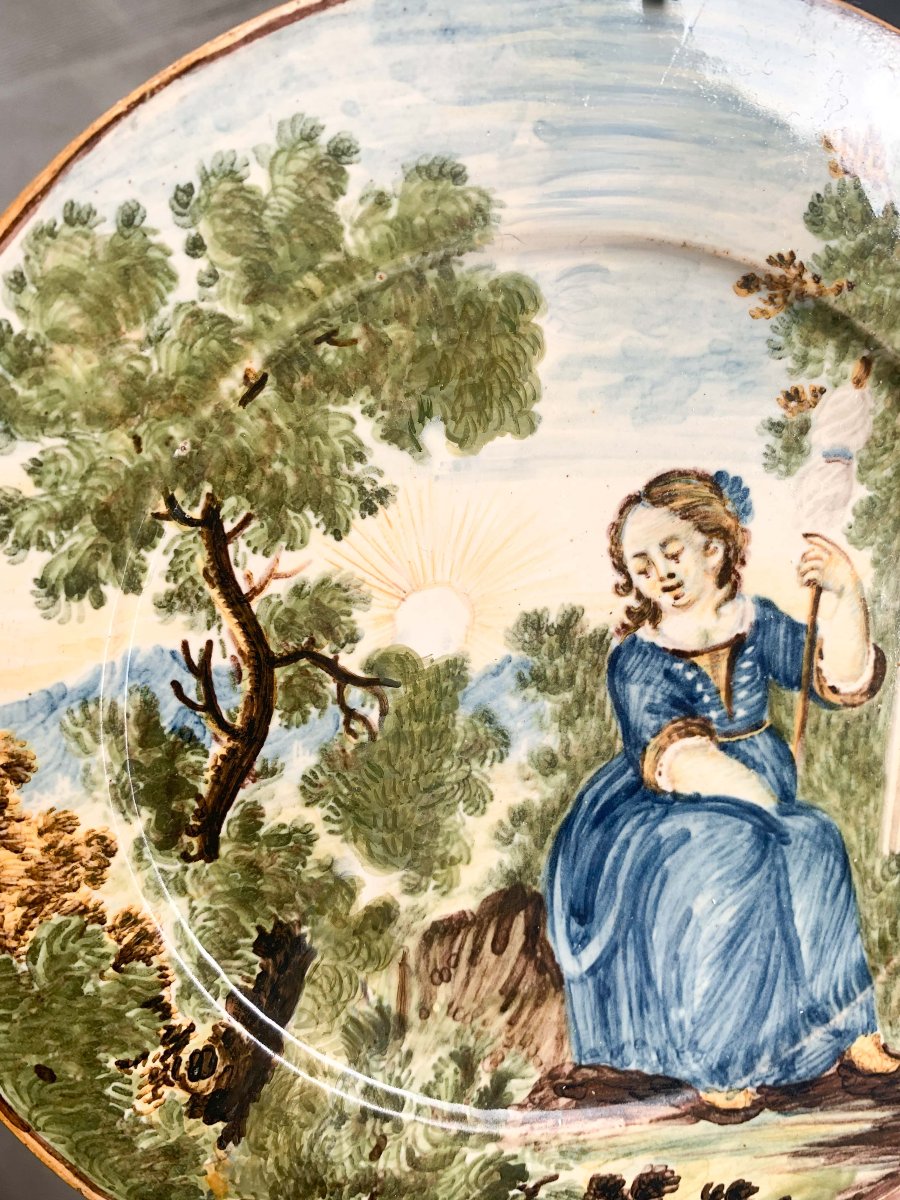
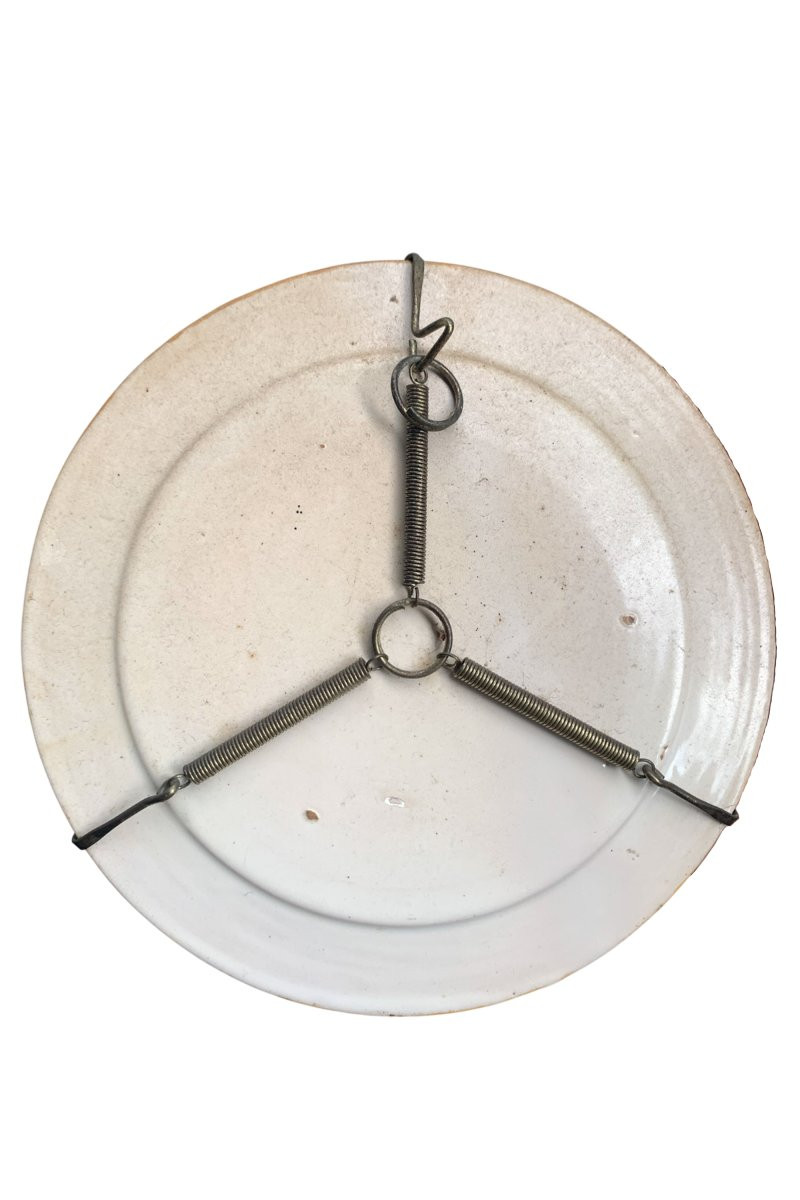
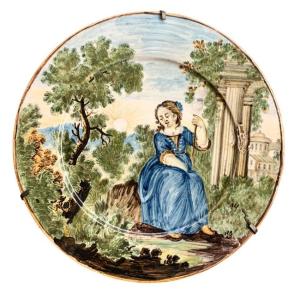























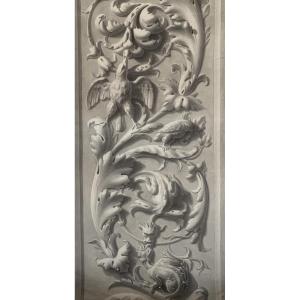
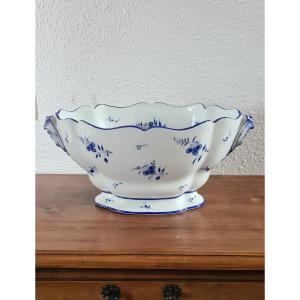
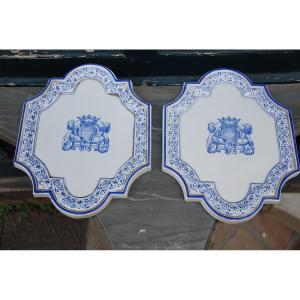

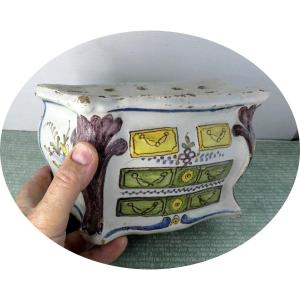
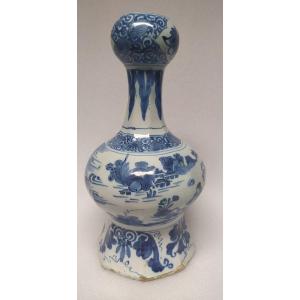



 Le Magazine de PROANTIC
Le Magazine de PROANTIC TRÉSORS Magazine
TRÉSORS Magazine Rivista Artiquariato
Rivista Artiquariato